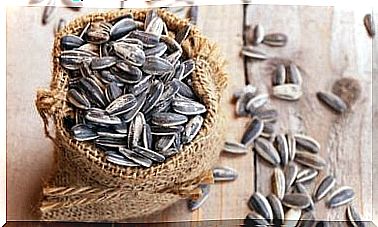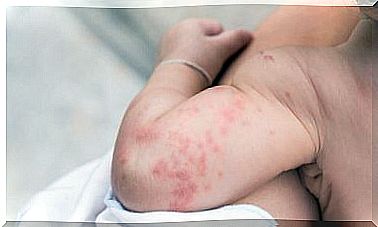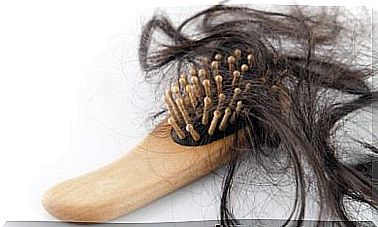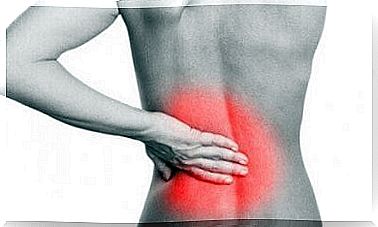Blood Clotting And Its Problems
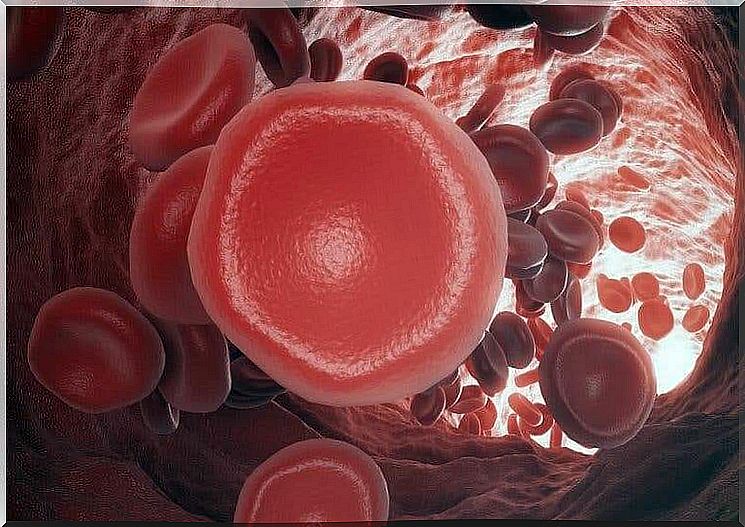
Blood clotting is the process by which blood changes from its natural liquid form to a jelly-like form, forming a blood clot. A clot is a mass of blood that is formed when platelets, blood cells and certain proteins attach together. Read below about blood clotting and clotting problems that can affect your health as well.
Important notes regarding blood circulation
First, it is important to distinguish a blood clot from a blood clot and an embolism. The word blood clot refers to a clot attached to the wall of a blood vessel. In contrast, emboli are clots that circulate in the bloodstream and stop at one place in the body , blocking the flow of blood.
Blood clotting is a vital process; in fact, all mammals have a similar clotting process. In this article, you will learn valuable information about this vital anatomical process.
How does Blood Clot Occur?
To understand blood clotting, it is first important to understand a little about the physiology of the blood. In its natural form, blood flows without becoming jelly-like. The walls of the vessels are healthy and the clot-forming substances are not activated.
In this situation, anticoagulation and coagulation processes are in balance. Numerous proteins work together in two different processes to help regulate this balance called homeostasis. When a blood vessel is damaged, a chain reaction, i.e. a burst of reactions that promote blood clotting, occurs, in which the activation of various proteins leads to blood clotting.
More than ten different proteins, called coagulation factors, are involved in the burst of these coagulation reactions. These proteins are present in the blood plasma.
Blood clotting as a process
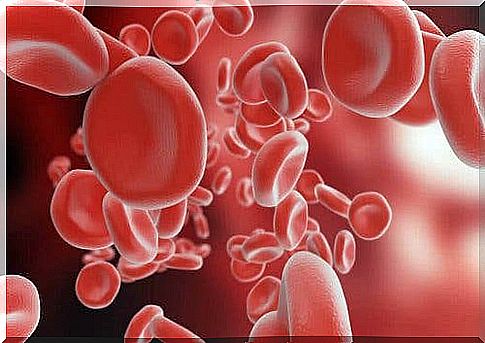
In short, the following happens during blood clotting:
- First , a small rupture appears in the vessel wall. This causes bleeding (the term bleeding is simply used to describe the flow of blood out of blood vessels, no matter how much is lost).
- Then the blood vessels constrict. This is due to an effort to restrict blood flow and prevent excessive blood loss from the wound.
- Next, platelets, which are circulating parts of the cell, are activated. They attach to each other at the wound, forming a plug. At this point, one of the most important coagulation factors begins to function: the von Willebrand factor.
- The remaining coagulation factors then activate fibrin production. Fibrin is a strong substance that allows the formation of a kind of network that keeps the stopper stable and strong.
- As the wound heals, this plug (clot) that forms will dissolve. This restores balance and the blood vessel returns to its normal state.
Which diseases are related to blood clotting problems?
As we have already mentioned, blood clotting is an essential process for life. When one of the factors associated with it fails, numerous diseases can occur. Here are descriptions of some of the most common diseases that can cause clotting problems.
Von Willebrand’s disease
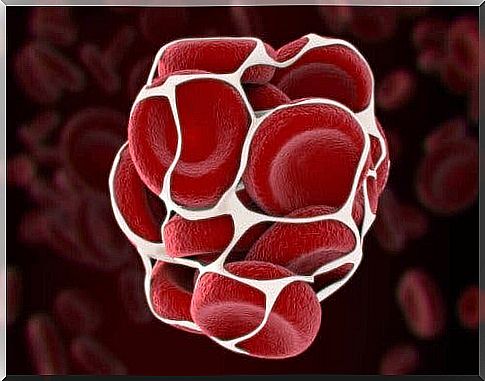
This is the most common disease associated with blood clotting problems. People with this disease have a problem with von Willebrand coagulation factor. As mentioned earlier, this factor helps the platelets to stick together. It is estimated that up to 1% of the population suffers from this disease. However, its symptoms are mild, and only a few people actually get an official doctor’s diagnosis from it.
Some of its symptoms include:
- Nosebleeds slowly stop.
- In women, abundant menstruation (from abundant to very abundant bleeding).
- Excessive bleeding from skin damage or blood in urine and / or faeces.
Hemophilia
Hemophilia is a bleeding disorder in which a person has a deficiency or deficiency of coagulation factor VIII or IX. In these people, the bleeding after injury usually lasts a long time because their blood does not clot in the normal way.
Hemophilia is an inherited disease that can be very serious. When internal bleeding occurs, organs and tissues can be damaged and endanger human life.
Oddly enough, many members of royal families suffered from this disease in the 19th century. For example, the sons of the last Russian tsars had this disease. Numerous studies have focused on finding the genetic origin of this disease for this very reason.
Blood clotting: a summary
Blood clotting is a multifactorial process that keeps us alive. It is very important to study its function and the impact of coagulation problems on health in order to treat people with a coagulation disorder.
